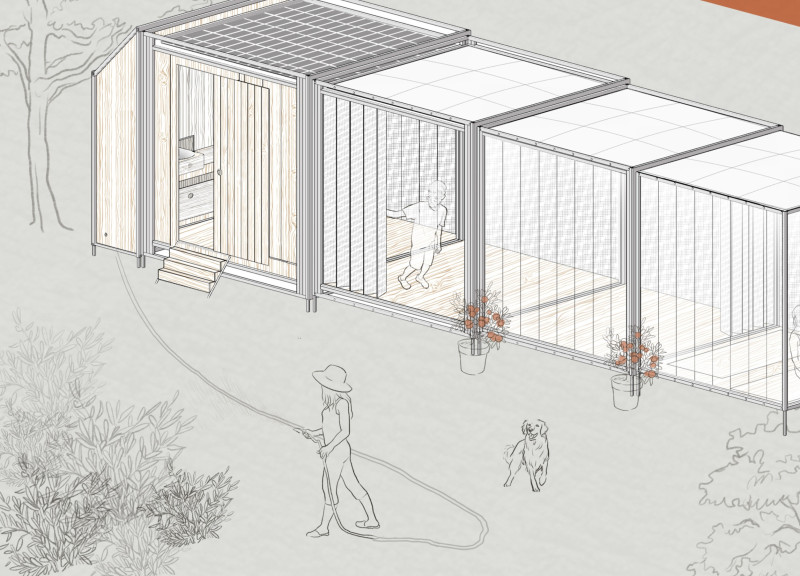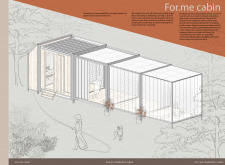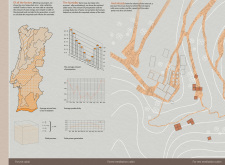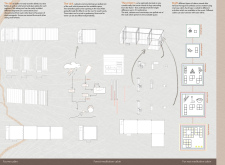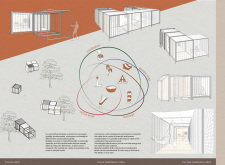5 key facts about this project
The design concept is grounded in a careful analysis of the site’s unique characteristics, including climate, topography, and local culture, which informs both form and function. This responsiveness to the context indicates a deep appreciation for the surrounding environment, ensuring that the building not only stands out but also complements its location. The architectural form often reflects natural elements, invoking a sense of harmony between the constructed space and the natural surroundings. The fluidity of shapes and the careful alignment of the building with natural light contribute to a warm and inviting atmosphere.
In terms of materiality, the project employs a selection of sustainable and locally sourced materials that enhance both durability and aesthetic quality. Primary materials include reinforced concrete, which provides structural integrity; glass, which offers transparency and a connection to the outdoor environment; and steel, which lends a modern industrial feel while supporting larger spans of open space. The interplay between these materials is crucial, facilitating not just the visual language of the building but also its performance in terms of energy efficiency and sustainability. The choice of finishes, such as natural wood accents and textured concrete surfaces, further enriches the sensory experience of the occupants and visitors.
A distinctive aspect of the design is its emphasis on natural ventilation and daylighting, achieved through strategically placed operable windows and skylights. This approach minimizes the reliance on mechanical heating and cooling systems, promoting an energy-efficient building operation. The interior spaces are thus not only illuminated by natural light but are also designed to adjust according to the changing dynamics of light throughout the day, thereby enhancing the overall user experience. This thoughtful approach to environmental responsiveness reflects a commitment to sustainable architectural practices.
Moreover, the building layout encourages fluid movement and accessibility, featuring wide corridors and open-plan spaces that accommodate various group sizes and activities. This design strategy enables flexible use, allowing spaces to be reconfigured as needed without compromising the overall aesthetic coherence. The inclusion of communal areas promotes social interaction and supports the intended function of the building as a hub for community engagement.
Unique design elements further define the project, such as green roofs and integrated landscaping, which not only enhance aesthetic appeal but also contribute to biodiversity and urban greening efforts. These design features create a seamless transition between built and natural environments, which is particularly relevant in today’s discourse on sustainable urban development. The careful positioning of outdoor terraces and gardens encourages occupants to connect with nature, providing respite from urban life and promoting well-being.
The architectural details throughout the design exhibit a level of craftsmanship that is both contemporary and respectful of traditional building techniques. Subtle yet impactful design decisions, such as the choice of color palettes that reflect the local landscape and the incorporation of art installations by local artists, further deepen the connection to the community and its cultural heritage.
In summary, this architectural project stands as a testament to thoughtful design that balances aesthetics, functionality, and sustainability. Its unique approach to materiality and spatial configuration, alongside a dedication to environmental stewardship, renders it a significant contribution to the architectural landscape. Readers interested in delving deeper into the intricacies of this project are encouraged to explore architectural plans, sections, and design sketches for a comprehensive understanding of the conceptual framework and execution of this innovative work. This exploration will provide further insights into how architecture can thoughtfully address the needs of its users and the environment.


